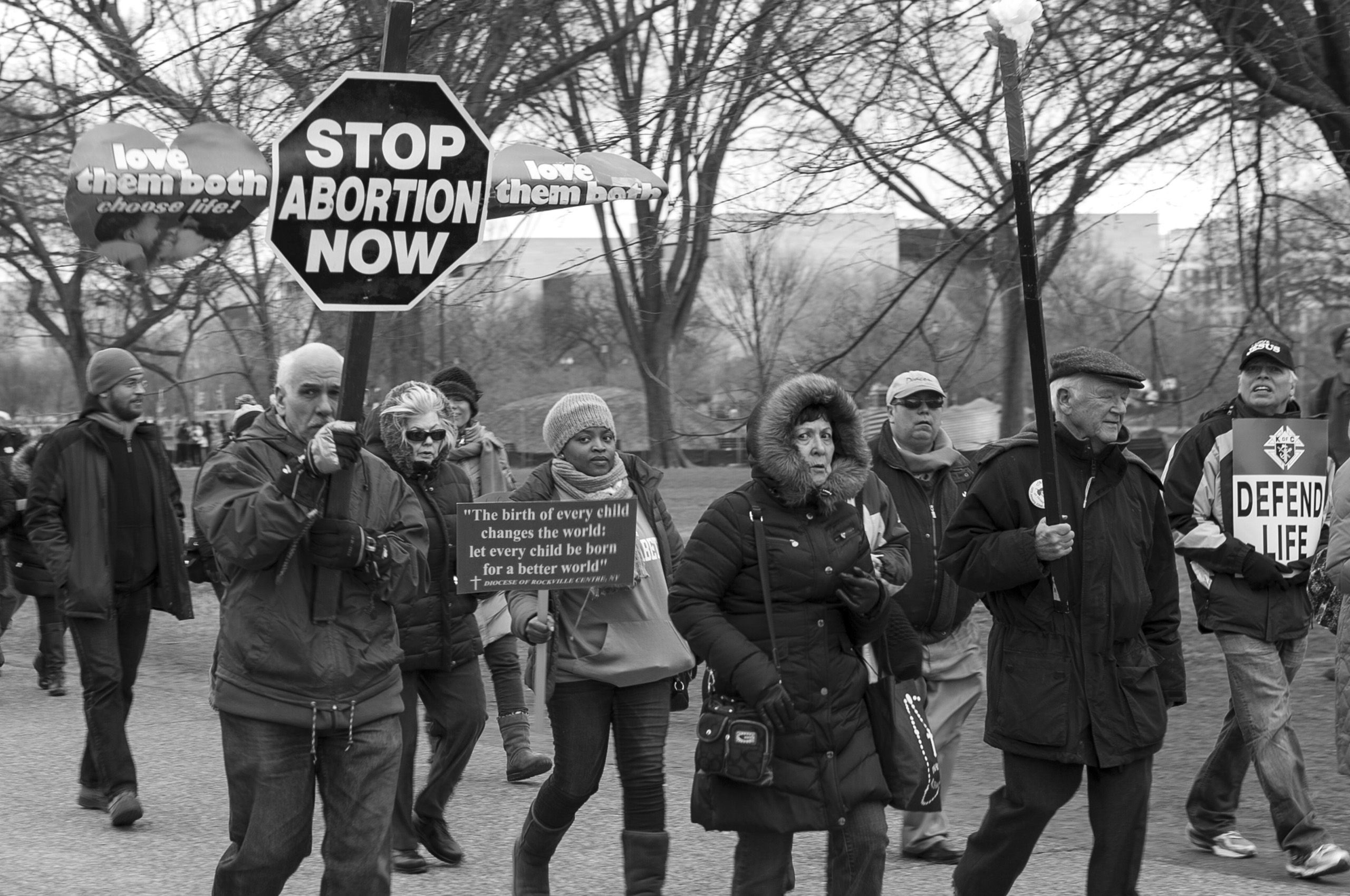WHEN
ARE YOU GOING TO
HAVE CHILDREN?
The decision about if and when to have children can be one of the most significant many people will ever make. But – for those who have the choice – what influences come into play, and how have these changed over time?

"When you have a child you’re making a decision about someone else’s entire existence. That’s a really, really big decision."
Dr Simon Beard, Cambridge Centre for the Study of Existential Risk.
As a moral philosopher, Simon Beard has thought deeply about the ethics of having children. He’s troubled by the simplistic way that many people talk about such an important decision – or don’t talk about it at all.
"People want to see it as a private decision, and believe they should be able to do whatever they want,” he says. “But throughout history, the decision to have children has always been strongly influenced by social and ethical values. A lot of people have children because they think it’s what other people want, whether parents or partners. They’re brought up with views about what good families look like. They’re influenced by their religious upbringing, or ideas about their career, or what stage they’re at in life.”
Taking control
Today people spend more time preventing pregnancy than allowing it, until they actively decide otherwise. But before the advent of reliable contraception, it was the other way around. “Until the middle of the 19th century, if you were engaged in a sexual relationship, particularly if you were married, you didn’t try to prevent pregnancy,” says Dr Alice Reid, a historical demographer in the Department of Geography. “So when a major fertility decline does happen, it’s interesting to ask why.”
Reid’s research focuses on the UK from 1850 to 1930, when the birth rate dropped from 4.5 children per woman to fewer than two. She thinks this is linked to the emergence of people’s ability to choose.
"Perhaps women hadn’t wanted big families for a long time,” says Reid, “but it gradually became more acceptable to do something about it. Contraceptives weren’t easily available or very effective at the time. We think people knew how to stop having children through sexual abstinence and withdrawal – but these methods can only work with the agreement of both parties within a marriage."
"The growth in education benefited women. It led to more equal relationships, or at least more discussion about having children."
Dr Alice Reid, Department of Geography
Fertility declines were recorded in the British working class towns of South Lancashire and West Yorkshire in the late 19th century, where women had earning potential. “Married women in these places were more heavily involved in jobs like textile weaving and cotton spinning,” says Reid. “Having one or two children didn’t stop them working, but having more children did. There might have been an agreement between the husband and wife not to have too many children too fast, otherwise she would have to leave the workforce and their income would drop.”
British weavers at the looms (Cassell, 1902). Credit: Look and Learn
British weavers at the looms (Cassell, 1902). Credit: Look and Learn
Simon Szreter, Professor of History and Public Policy in the Faculty of History, says that most societies throughout history have found ways to control their reproduction. In 1798, Thomas Malthus wrote his famous essay On the Principle of Population, arguing that the Poor Laws of the time were encouraging people to have children by handing out money according to how many they had. When the law changed – stopping payments and sending the poor to workhouses instead – there was a corresponding rise in the age of marriage, and a drop in fertility.
“Another societal factor influencing reproductive choices was the rise of the British professional middle classes in the late 19th century,” says Szreter. “Such good jobs required an expensive education, and every child you had was 18 years of rising expenditure stretching ahead of you."
"In the late 19th century there was one very obvious way to economise – don’t have six or seven children, have three or four instead.”
Professor Simon Szreter, Faculty of History
Beard says this thinking persists today in driving demographic change. A report from the Child Action Poverty Group estimates the overall cost of a child in 2019 up to age 18 in the UK was £185,000 for lone parents (up 19% since 2012) and £151,000 for couples (up 5.5% since 2012).
“The big shift around the world has been from ‘successful parents have lots of children’ to ‘successful parents have successful children,’” he says. “People want money to invest in their children, and it’s having a huge impact on their reproductive decision-making.”
An uncertain economic climate can also be a short-term deterrent to childbearing, and Reid says that COVID-19 and its economic effects may reduce numbers of births in the short term. Some couples may recoup delayed births later, but that will not be possible for everyone and some women will end up with fewer children than they originally intended.
Population concerns
According to the United Nations (UN), our global population is set to reach 10 billion by the year 2050. “Population growth is a product of three main components: increasing life expectancy, population momentum and fertility rate,” says Beard.
A fertility rate of 2.1 children per woman would ensure a broadly stable population but, despite the rise in overall population, global fertility has actually been falling for a long time, and looks set to continue to fall.
“If fertility was reduced to below replacement everywhere in the world right now, at least half or more of the population growth in the next 60 or 70 years would be due to population momentum: the existing large cohorts of women of reproductive age who don’t have many children each, but collectively produce fairly large numbers,” says Reid. “In the longer term, people deciding not to have children will reduce fertility and reduce the population. But it will also produce some very odd population structures and create many problems along the way.”
Japan and Italy offer a glimpse of these problems – their fertility rates are so low that their populations are already in decline. “As we talk about a global population of 10 billion, we’re also talking about a situation where increasing proportions of people will be past retirement age. Over a quarter of Japan’s population is already over the age of 65,” says Reid.
“That’s not an issue that we can solve by reducing fertility – if anything that’s likely to make things worse,” adds Reid. “A population with lots of old people and not enough working-age people creates economic challenges, social care problems, and increases demands on healthcare services.”
Environmental anxiety
The decision whether to have children now also comes with an added dimension: concern for the state of the planet. A study published in the journal Environmental Research Letters in 2017 by Swedish and Canadian researchers found that four personal choices have a consistently high reduction in carbon emissions: eating a plant-based diet, living car-free, avoiding flying and having one fewer child. Of these, having one fewer child had by far the greatest impact, saving around 58.6 tonnes of carbon per year.
However, Dr Katie Dow in the Department of Sociology says that not everyone agrees with the view that there is a simple relationship between a larger human population and greater environmental degradation. In collaboration with Heather McMullen at Queen Mary University of London she has been following the online discussions of climate activist groups to understand how environmental issues influence reproductive decision-making.
“These groups are explicitly against population control, or populationism,” says Dow. “Instead, the groups bring together people who are so worried about the impact of climate change and planetary health on their future children’s lives that they are pledging not to have children.”
Global climate change strike. Credit: Markus Spiske on Unsplash
Global climate change strike. Credit: Markus Spiske on Unsplash
She adds: “BirthStrike1 and No Future No Children are very strategic and thoughtful groups. Their aim is to put pressure on governments and corporations to do something about climate change, and to try to make people care.”
Dow recounts the story of one member who realised that while her mother wouldn’t vote differently because of ‘concerns about the weather’, she might change her mind if there was a threat of not becoming a grandmother because her daughter refused to have a baby under the current system.
“These groups are imagining pretty dystopian scenarios,” adds Dow. “Many members are climate activists and have been involved in environmental campaigning for some time. They are talking about food shortages, water shortages, civil unrest, forced mass migration, pressure on resources, very scary stuff. Their sense of urgency has been galvanised by the latest UN figures that we’ve only got 12 years left to prevent catastrophic climate change.”
Dow says that these movements are using the common desire to have children, and common cultural associations between children and the future, to raise awareness of the fact that climate change will mean a very difficult future for humanity.
“A focus on population numbers is very simplistic, and obscures the fact that the vast majority of global carbon emissions come from just a handful of corporations, not from people having children. These groups are saying we might not have a future at all.”
Making a decision
So what, armed with the correct information and a long-term view, is the best decision for potential parents to make? Beard says there is no ‘one-size-fits-all’ policy on having children that could ever work. He is keen to see wider debate around population growth and reproduction, to help individuals think more critically about the advantages and disadvantages of having children before making their decision. But if there’s one indisputable fact, it’s that if everyone made the same reproductive choice, the results would be disastrous.
1 BirthStrike has since announced the end of its campaign, citing reasons that include accusations of being populationists.
Snapshot: The geographer of reproductive rights
Having, or not having, a baby raises a multitude of considerations and it polarises emotions – not least in relation to abortion.
Dr Francesca Moore from the Department of Geography and Homerton College is exploring how legal frameworks affect access to abortion. Her current focus is on anti-harassment buffer zones around abortion clinics. She uses case studies to examine their effect on patients, healthcare workers, protesters and local residents.
“Laws relating to abortion vary widely across regions and countries,” she explains. “Women accessing healthcare clinics find anti-abortion protests extremely distressing and threatening. We’re seeing an alarming rise in extreme protest tactics in the UK such as clinic vigils, graphic imagery and, in some cases, violence.
“In parts of London, anti-abortion protests around healthcare clinics were prevented using antisocial behaviour legislation that created protest exclusion zones. In 2018, the Home Office ruled out the introduction of these zones across England but, in June 2020, MPs voted in favour of a Bill that would create buffer zones outside all clinics in England and Wales. If successful, this legislation would bring an end to the ‘postcode lottery’ of harassment that women accessing abortion clinics face. Legal frameworks have been regulating reproduction in a geographically determined way.”
Moore is also exploring the escalation of the anti-abortion protest in England and the role of American ideas of ‘free speech’ in this protest.

Read more about our research into all aspects of reproduction in Horizons (PDF), the University of Cambridge's research magazine, and find related articles online.
Cambridge Reproduction Strategic Research Initiative
From understanding ancient ideas of generation to exploring new frontiers in fertility, Cambridge researchers are working across disciplines to study reproduction from multiple perspectives. For more information, visit the Cambridge Reproduction Strategic Research Initiative website.
Image above: American Life League March for Life on Flickr.




